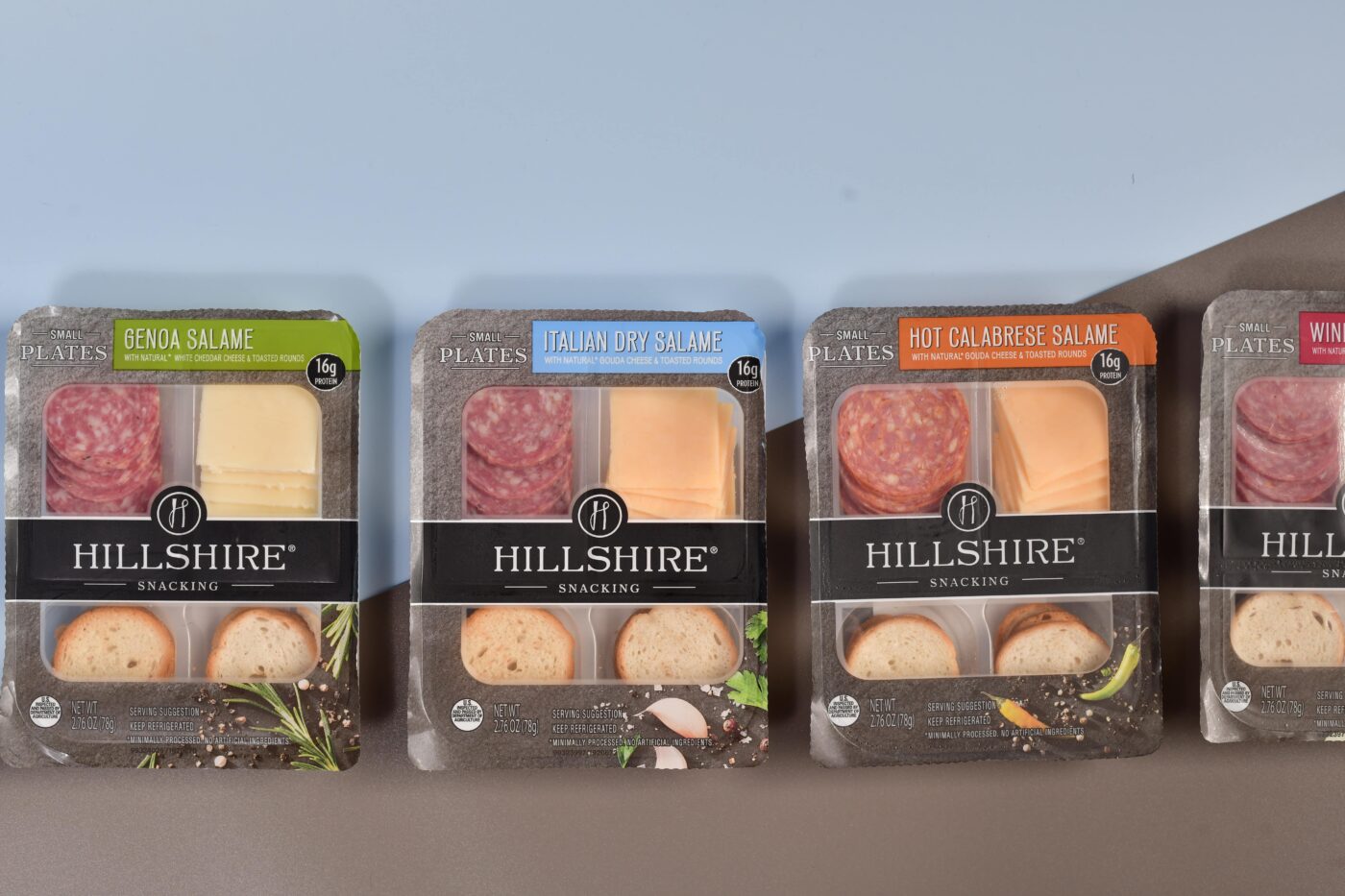After years of lagging behind more commonly recycled materials like PET bottles, recycling PET thermoforms is finally gaining momentum, according to a recent white paper from the National Association for PET Container Resources (NAPCOR). While not yet considered “widely recycled”—a status achieved when at least 60% of community recycling programs across the U.S. accept the packaging—it currently stands at 54%. The PET Recycling Coalition aims to achieve “widely recycled” status for all PET thermoforms by 2027.
Challenges in Thermoform Recycling
One of the primary obstacles to recycling PET thermoforms has been contamination. These packages often resemble other types of plastic, such as non-recyclable polystyrene (PS) or polyvinyl chloride (PVC), which can confuse sorting equipment and compromise the quality of recycled material. Additionally, thermoforms come in a wide range of sizes and shapes. Material recovery facilities (MRFs) have been optimized to process standard packaging types like bottles, so any irregularities can make it difficult to sort packaging efficiently.
Progress by Technology and Innovation
Recent advances in sorting technology are making a big difference. Modern MRFs are increasingly equipped with optical sorters and artificial intelligence (AI) systems that can distinguish PET thermoforms from other materials more accurately. One notable example is a new MRF opened by Rumpke Waste & Recycling in Columbus, Ohio. This facility now enables curbside acceptance of PET thermoforms in select markets, paving the way for broader acceptance.
Another key improvement is the development of thermoform packaging that is more compatible with existing recycling systems. Labels are designed to detach more easily and new adhesives dissolve during wash cycles. These innovations reduce contamination and increase the likelihood that PET thermoforms can be successfully recycled into high-quality material.
Thermoforms are not only being recycled, but the packaging itself now includes more post-consumer recycled (PCR) content and less virgin resin. According to the NAPCOR white paper, as of 2023, 74% of the PET used in thermoform manufacturing was virgin material—down nine percentage points from the year before. This shift to more PCR content not only helps reduce environmental impact but also creates a viable end market for recycled thermoforms. Strong end markets are essential to making recycling economically sustainable, as they drive demand for PCR materials and encourage collection and processing.
How EPR is Changing the Recycling Landscape
As extended producer responsibility (EPR) policies gain traction with individual state governments, new programs will incentivize brands and manufacturers to develop and invest in systems that improve recycling rates.
Seven states have passed EPR legislation as of July 2025, and Oregon’s program became the first fully operational EPR system for packaging in the U.S. While PET thermoforms are not currently included in Oregon’s universal collection list—regulators at Oregon’s Department of Environmental Quality had said they want to see more investment in end markets for thermoforms before adding them to the list—a future plan amendment could change that.
Proactive work on thermoform circularity and end market development will help ensure thermoforms are included on other statewide collection lists. Many of these policies will be in effect by the end of 2027 and will drastically change acceptance rates for many categories, including PET thermoforms. Additionally, as recycled PET (rPET) supply increases from policy states, so will the need for reclaiming facilities that can process thermoforms and non-bottle PET contained in comingled bales.
Support for a Circular Economy
Plastic Ingenuity is actively contributing to the advancement of PET thermoform recycling by combining advocacy, design innovation and cross-industry partnerships. In collaboration with the PET Recycling Coalition, we’re expanding access through investments in infrastructure and consumer education. Our President and CEO, Daniel Kuehn, is the chair of NAPCOR’s Thermoform Committee, which seeks to align industry standards, improve sorting practices and stimulate market demand for rPET in thermoforms.
Plastic Ingenuity also helps our customers design PET thermoforms that are easier to recycle by following the Association of Plastic Recyclers (APR) design guide. This involves eliminating problematic materials like OPS and PVC and incorporating features that enhance sortation and recovery. Furthermore, by increasing the use of PCR content in our thermoforms, we are helping establish a stronger market for rPET.
PET thermoforms represent a massive, largely untapped resource, and the future of plastic recycling depends on continued innovation, smart legislation and a united effort from every link in the supply chain. By working together, we can turn yesterday’s packaging into tomorrow’s raw material, proving that a circular economy is not just a goal, but an achievable reality.
Resources:




